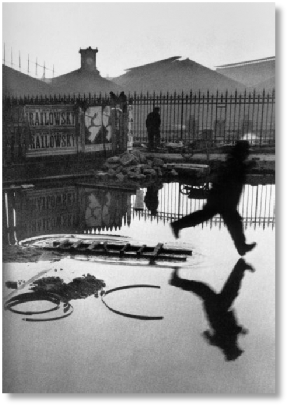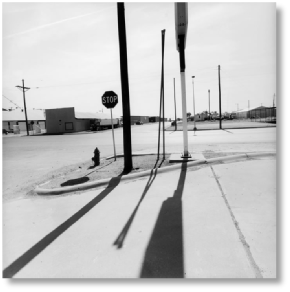B E N T O N P A R K S C H O O L S I X T H F O R M A S / A D V A N C E D L E V E L P H O T O G R A P H Y


To define urban we must first discuss what street photography is so that we may point out the differences and the need for differentiation.
Street photography is most commonly referred to as photography of subjects/people within (public) cityscapes in a manner reminiscent of documentary photography.
Often the street photography is connected to the golden period of photography from the 1890s until about the 1970s—the age where portable cameras were de rigeur.
Of course most photographers interested in street are aware of such masters as Cartier-
With the resurgence of street photography as a genre there seems to be a dichotomy between what I’ll call ‘new’ street photography and ‘traditional’ street photography.
The new street photography has moved solely toward photographing people in situations.
This is great, and there are a lot of fantastic neo-
They have been replaced with peoplescapes and situational photography that emphasizes
the foreign or the funny and thereby losing a lot of the ‘chutzpah’ of traditional
street photography. True to form in a post-
Enter urban photography. Similar to what traditional street photography was, urban
photography seeks to encapsulate not just people, but also objects, cityscapes, the
surreal. Not only that, but urban photography moves away from the surfaceness of
neo-
Urban photography is not only a visual representation of an idea, a capturing of ‘the decisive moment’, no, it is also a commentary on contemporary life in an ecological space. This is important because more than 50% of the world’s population now lives in cities (urban areas).
Neo-

Excellent article on the left clearly offering us a usefull pair of definitions




Cartier Bresson
Robert Frank
Brassai
Lee Friedlander

Brilliant site,splendid examples and useful links to other sites + useful “how to” tips.



Robert Frank

Kate Symons

Kate Symons

Kate Symons